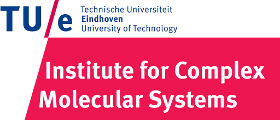Team:TU-Eindhoven/Attributions
From 2013.igem.org
JacquesErnes (Talk | contribs) (→Attributions) |
JacquesErnes (Talk | contribs) (→Attributions) |
||
| Line 44: | Line 44: | ||
| {{:Team:TU-Eindhoven/Template:TeamMemberSmall | name=Jacques | ext=jpg | team=Lab | role=}} | | {{:Team:TU-Eindhoven/Template:TeamMemberSmall | name=Jacques | ext=jpg | team=Lab | role=}} | ||
| {{:Team:TU-Eindhoven/Template:AttributionCheck}} | | {{:Team:TU-Eindhoven/Template:AttributionCheck}} | ||
| - | | {{:Team:TU-Eindhoven/Template:DescriptionList}} {{:Team:TU-Eindhoven/Template:DescriptionListItem | name=Human Practice | text=Helped with the Human Practice }} {{:Team:TU-Eindhoven/Template:DescriptionListItem | name=Sponsoring | text= }}{{:Team:TU-Eindhoven/Template:DescriptionListItem | name=Lab | text= Responsible for the creation of the Biobricks }} {{:Team:TU-Eindhoven/Template:DescriptionListEnd}} | + | | {{:Team:TU-Eindhoven/Template:DescriptionList}} {{:Team:TU-Eindhoven/Template:DescriptionListItem | name=Human Practice | text=Helped with the Human Practice }} {{:Team:TU-Eindhoven/Template:DescriptionListItem | name=Sponsoring | text=Looking for sponsors for our project. }}{{:Team:TU-Eindhoven/Template:DescriptionListItem | name=Lab | text= Responsible for the creation of the Biobricks }} {{:Team:TU-Eindhoven/Template:DescriptionListEnd}} |
|- | |- | ||
| {{:Team:TU-Eindhoven/Template:TeamMemberSmall | name=Sander | ext=jpg | team=Lab | role=}} | | {{:Team:TU-Eindhoven/Template:TeamMemberSmall | name=Sander | ext=jpg | team=Lab | role=}} | ||
Revision as of 11:11, 4 October 2013



Attributions
The work for this project was fully performed by the iGEM TU-Eindhoven 2013 team members, the lab work started from June 2013 onwards.
The idea of the CEST protein producing bacteria was developed by the team way before starting the actual lab work, it was the result of thorough literature research and discussions. All the experiments, the modeling and the device design were planned and executed by the team. Our advisers gave us guidance when we required it, but their function was merely as counselors. We receive lab guidance from Stijn Aper, who is a PhD student at TU Eindhoven. He supervised our lab work, especially in the beginning of the project, and gave us valuable advices whenever we encountered an issue with the outcome of the experiments.
The human practices project was completely developed by the team with the collaboration of 13 iGEM teams from across the world. The teams were asked to revise and classify a common statement about Synthetic Biology as true, false, or inconclusive. These teams were also asked to write a brief discussion piece about the statement and the arguments behind the final classification given to the statement.
The team managed all the organizational matters, including sponsoring. We made our own logos, designs and drawings, except for those found on the safety section of our wiki which were made by the industrial designer Mariana Félix. The wiki, presentation and poster style were also designed and developed by the team, but Mariana Félix helped us with the aesthetic details of the poster and presentation.
The Escherichia coli K12 strain, MG1655 which we required for the chassis of our device was provided by Groningen University.
The following table presents an overview of what each team member has been responsible for:
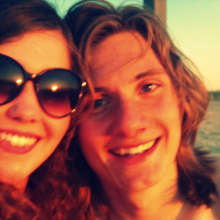 ArdjanLab Captain | |
|
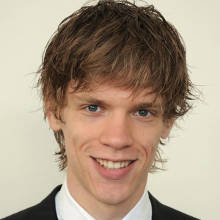 PascalModeling Captain | |
|
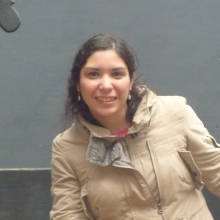 ZandraModeling | |
|
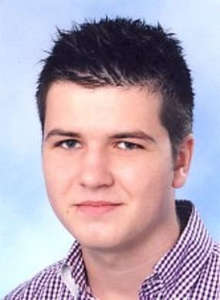 NickLab | |
|
YicongModeling | |
|
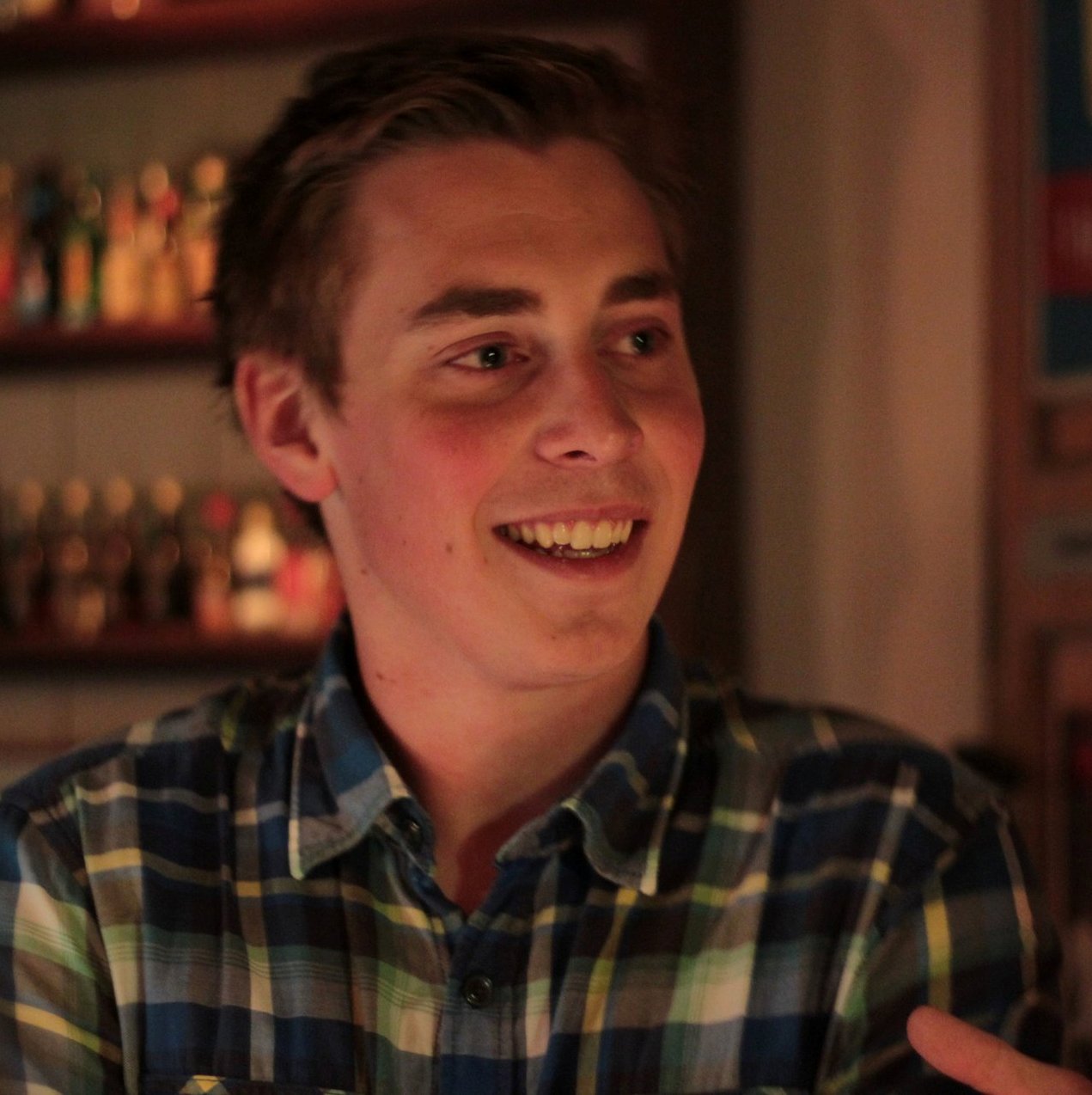 JacquesLab | |
|
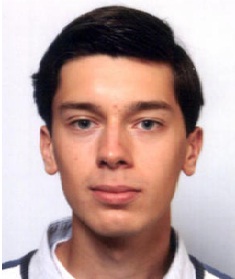 SanderLab | | |
Acknowledgements
We want to thank everybody who helped us during the project, especially:
Our supervisors and advisers Maarten Merkx, Tom de Greef, and Natal van Riel for their advice on the lab work and modeling throughout the project, and Stijn Aper for his guidance in the lab.
Groningen University for providing us with the bacterial strain we required for our device.
The industrial designer Mariana Felix for help with the aesthetics of our poster and presentation.
The TU/e Biomedical NMR group, in particular Stephanie Hectors and Prof.dr. Klaas Nicolaij for their help with the MRI experiments and data analysis.
and finally
The Institute for Complex Molecular Systems for their support throughout the project. Especially Sagitta Peters, for her help with the finances and facilities, and researchers from the Institute for giving us a fresh perspective on different aspects of our project, including the presentation.
 "
"

